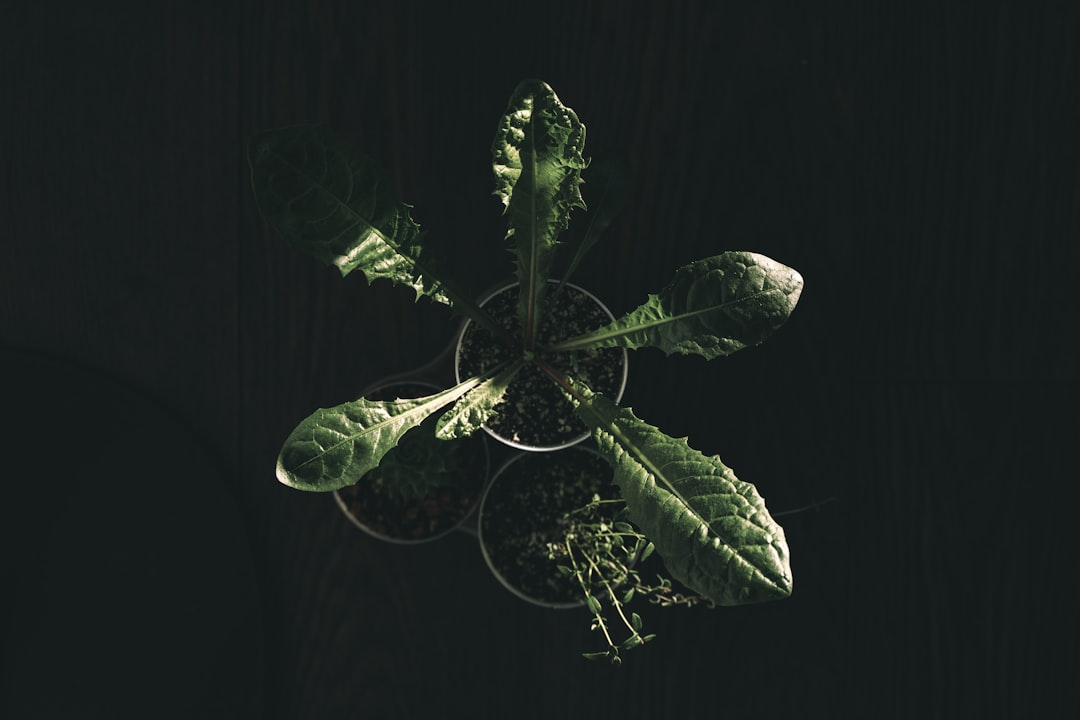Transform Your Space with Cordyline: A Tropical Touch

Are you looking to infuse a bit of the tropics into your garden or home? Cordyline, with its striking foliage and easy - care nature, is the perfect plant to achieve that. In this article, we'll explore everything you need to know about planting and caring for cordyline, from the initial planting process to long - term maintenance.
Getting to Know Cordyline
Cordyline is a genus of perennial plants that are native to the Pacific region, Asia, and parts of Africa. They are well - known for their long, sword - shaped leaves that come in a variety of colors, including green, purple, red, and variegated combinations. These plants can add a dramatic and exotic look to any setting, whether it's a large outdoor garden or a small indoor space.
Planting Cordyline
When it comes to planting cordyline, the first step is to choose the right location. For outdoor planting, select a spot that receives partial to full sunlight. While cordyline can tolerate some shade, it will produce the most vibrant foliage when it gets enough light. If you're planting indoors, place the plant near a bright window, but avoid direct sunlight during the hottest part of the day, as this can scorch the leaves.
The soil is another crucial factor. Cordyline prefers well - drained soil that is rich in organic matter. You can amend the soil with compost or peat moss to improve its texture and fertility. When planting, dig a hole that is slightly larger than the root ball of the plant. Place the cordyline in the hole, making sure that the top of the root ball is level with the soil surface. Backfill the hole with soil and gently firm it around the base of the plant.
Watering Requirements
Proper watering is essential for the health of cordyline. These plants like to be kept evenly moist but not waterlogged. In the growing season, which is typically spring and summer, water the cordyline regularly, about once or twice a week, depending on the weather conditions. Check the soil moisture by sticking your finger about an inch into the soil. If it feels dry, it's time to water. During the winter months, reduce the frequency of watering as the plant goes into a dormant phase.
Light Needs
As mentioned earlier, cordyline thrives in bright light. Outdoor cordyline plants should be placed in an area where they can receive at least 4 - 6 hours of sunlight per day. Indoors, a south - or west - facing window is usually ideal. If you notice that the leaves are losing their color or becoming leggy, it may be a sign that the plant is not getting enough light. On the other hand, if the leaves are turning brown or yellow, it could be due to too much direct sunlight.
Soil Requirements
The soil for cordyline should be well - drained and slightly acidic to neutral. A good potting mix for indoor cordyline can be made by combining equal parts of peat moss, perlite, and a high - quality potting soil. For outdoor planting, you can also add some sand to improve drainage. Fertilize the cordyline every few months during the growing season with a balanced, slow - release fertilizer. This will help the plant grow strong and healthy.
Pruning and Maintenance
Pruning cordyline is relatively simple. You can remove any dead or damaged leaves at any time. If the plant becomes too tall or leggy, you can cut back the top part of the stem. This will encourage new growth and make the plant bushier. Keep an eye out for pests such as spider mites and mealybugs, which can sometimes affect cordyline. If you notice any signs of pests, treat the plant with an appropriate insecticide or use natural pest control methods.
Conclusion
Adding cordyline to your garden or home is a great way to bring a touch of the tropics. By following these simple guidelines on planting, watering, light, and soil requirements, you can ensure that your cordyline thrives and becomes a beautiful focal point in your space. Whether you're an experienced gardener or a beginner, cordyline is a rewarding plant to grow and care for.